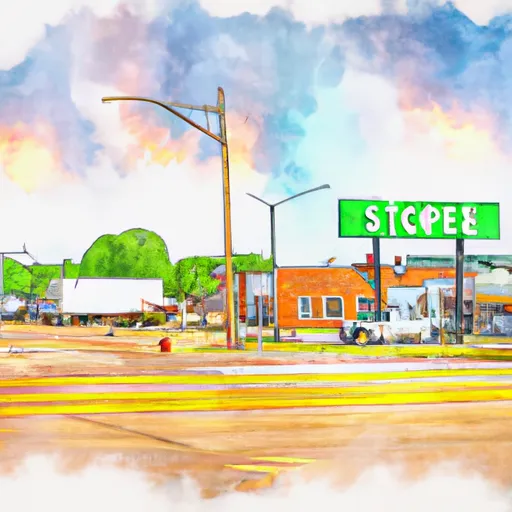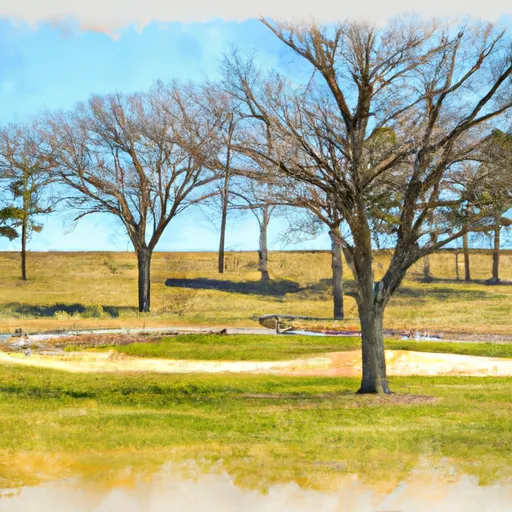°F
°F
mph
Windspeed
%
Humidity











Soper, Oklahoma is a small town located in Choctaw County in the southeastern part of the state. The town experiences a humid subtropical climate, characterized by hot and humid summers, and mild to cool winters. Average temperatures range from the mid-90s°F (mid-30s°C) in summer to the mid-40s°F (low 10s°C) in winter.
Hydrologically, Soper lies in the Little River watershed, with the Little River flowing nearby. The area is also dotted with numerous streams and creeks, which contribute to the local hydrology. These water sources provide ample opportunities for various outdoor activities such as fishing, boating, and swimming.
In terms of outdoor recreation, Soper offers a range of opportunities for nature enthusiasts. The surrounding area is rich in natural beauty, with lush forests and rolling hills. Hiking and camping are popular activities in the nearby Boggy Depot State Park, which offers trails suitable for all skill levels. Wildlife observation and birdwatching are also popular pastimes, with a variety of species inhabiting the area.
Overall, Soper, Oklahoma provides a pleasant climate, abundant water sources, and diverse outdoor recreation opportunities for residents and visitors alike.
Weather Forecast
Soper receives approximately 1165mm of rain per year, with humidity levels near 84% and air temperatures averaging around 17°C. Soper has a plant hardyness factor of 7, meaning plants and agriculture in this region tend to thrive during the non-winter months.
Regional Streamflow Levels
0
Cubic Feet Per Second
1
Cubic Feet Per Second
1,370
Cubic Feet Per Second
72
Cubic Feet Per Second
Nearby Camping
| Camping Area | Reservations | Toilets | Showers |
|---|---|---|---|
| Lake Holbrook Park - South | |||
| Lamar Point - Pat Mayse Lake | |||
| Murphys Meadow Military - McAlester | |||
| McGee Creek State Park | |||
| Pat Mayse East - Pat Mayse Lake | |||
| Lake McAlester |



